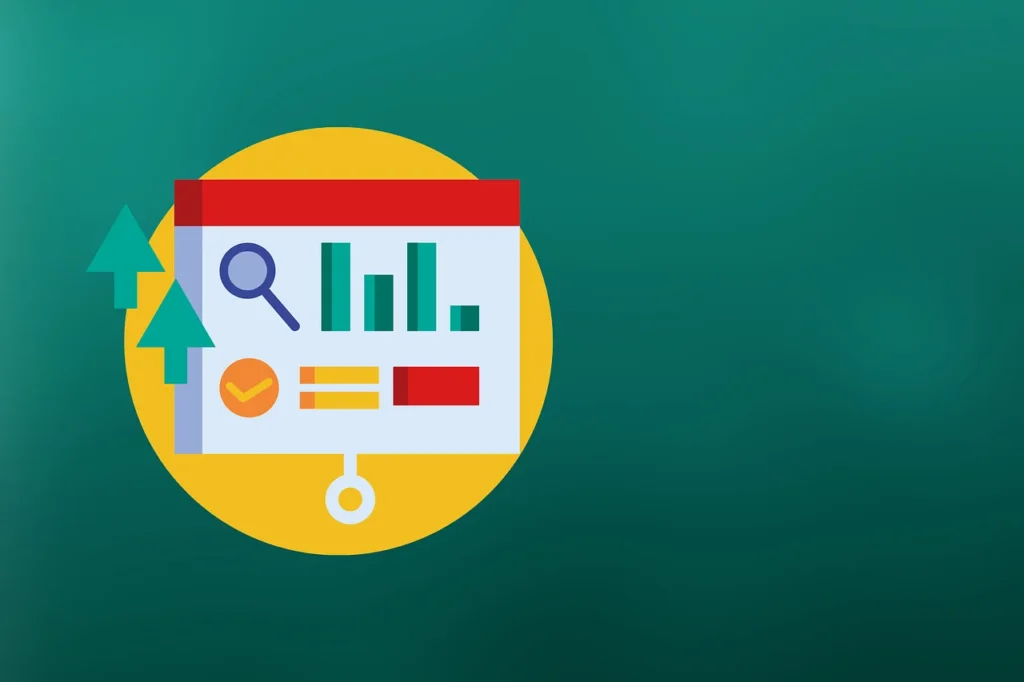
Content
How can I increase the speed of my website?
The loading speed of a website is one of the most important factors for success on the internet. A fast page not only offers a better experience for visitors, but also improves your ranking in search results. Users today do not have the patience to wait: if a page takes a long time to load, the likelihood of them abandoning it increases dramatically. Therefore, any business that wants to attract and retain customers must invest in improving the speed of its website.
Why is website speed important?
Loading speed is directly related to user experience. If a website loads in less than 3 seconds, visitors tend to stay, browse, and interact more. On the other hand, a slow page can cause frustration and increase the bounce rate. In addition, Google uses speed as an evaluation criterion in SEO. Thus, a fast website has a better chance of appearing higher in search engines.
Common problems that reduce speed
There are several factors that can weigh down a website and make it slower. Some of the most common are:
- Large images without optimization
- Too many plugins or unnecessary code
- Slow server or low-quality shared hosting
- Lack of caching
- Complex scripts that slow down loading
Techniques to increase your website speed
There are several practical solutions that a website owner can implement to significantly improve loading speed:
- Image Optimization
Images often take up a large portion of a page’s weight. Use modern file formats like WebP and make sure to reduce their size without losing quality. Tools like TinyPNG or WordPress plugins can help. - Using caching
Saving static content in the user’s browser reduces the time it takes for the website to reload. A good caching plugin or CDN can make a big difference. - Code minification
CSS, JavaScript, and HTML files can be compressed, reducing their size. This helps pages load faster. There are automatic tools that take care of this process. - Choosing Reliable Hosting
Hosting plays a crucial role in speed. If your website is on cheap shared hosting, it might be time to invest in a faster server or managed hosting that is optimized for speed. - Content Delivery Network (CDN)
A CDN distributes your website content across multiple servers around the world. This allows users to load the page from the closest server, reducing wait times. - Limit plugins
Especially on platforms like WordPress, too many plugins can significantly slow down performance. Keep only the essentials and update them regularly. - Lazy Loading
This technique allows images to load only when the user reaches the point on the page where they appear. This makes the initial load faster.
How do I check my website speed?
There are several free tools that give you a complete picture of your page speed and suggest fixes:
- Google PageSpeed Insights
- GTmetrix
- Pingdom Tools
With these, you can identify what is slowing down loading and apply the corresponding improvements.
Conclusion
The speed of a website is a critical factor in the success of an online presence. It directly affects the user experience, sales and search engine rankings. With simple but essential techniques, such as image optimization, caching and the right hosting choice, you can significantly improve the performance of your website. By investing in speed, you are essentially investing in your business.
Follow us on our Facebook page: Facebook
Click here to see our Work which consists of modern and functional websites that make a difference.
